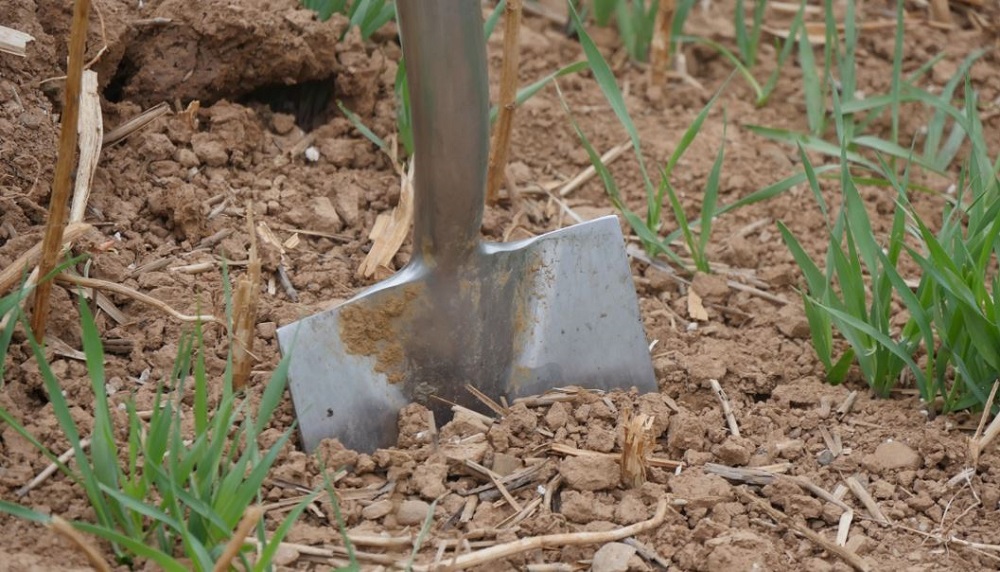AHDB ‘scorecard’ unearths soil’s secrets
Wednesday, 12 July 2023
A full picture of soil health can be captured by a new ‘scorecard’. Jason Pole investigates.
Not everything that matters can be measured. Not everything that can be measured matters.
Wise words.
Nobody would dispute that soil health matters. Now it can be measured.
For more than five years, the AHDB/BBRO soil biology and soil health partnership has picked apart the muddy topic of soil health and meticulously put it back together again.
The partnership explored how to measure the condition of soils and developed a set of core soil health indicators covering physical, chemical and biological properties.
With an eye on practical application, the researchers developed indicators already commonly used to assess soil to ensure that they slot in with farm practice.
Critically, the partnership determined each indicator’s typical range(s) for the UK’s main cropping and lowland grassland systems.
The ranges act as benchmarks and can help reveal if a soil is healthy, getting sick or poorly.
Core indicators
Physical
Visual evaluation of soil structure (VESS)
VESS is a simple soil structure test. A spade-sized block of soil (about 30 cm deep) is levered out, leaving a side undisturbed to show horizontal layers of differing structure. The worst-performing (limiting) layer is allocated a soil quality score (1–5 scale, where 1–2 is good).
Chemical
pH
A soil’s pH affects its chemical (e.g. nutrient availability), biological (e.g. microbial activity) and physical (e.g. clay mineral aggregation) properties. It is easily revealed by an indicator test or laboratory analysis, with pH 6.5 to 7.49 the ideal range. Higher pHs may result in nutrient interaction issues and or trace element deficiencies. Lower pHs, especially under 5.5, require immediate investigation and liming plans adjusted.
Extractable nutrients
A laboratory analysis of a representative soil sample can reveal phosphorus, potassium, and magnesium levels. Compared to England and Wales, Scotland has a different approach to nutrient analyses, which is accounted for in the benchmarks.
Biological
Earthworms
Impacted by pH, waterlogging, compaction, tillage, rotation and organic matter, earthworms are an excellent soil health indicator. A spade-sized soil block is used for earthworm counts. In cropped land, 9 or more earthworms is good and 3 or less is bad. The AHDB website includes information on how to count earthworms, including species, and adults and juveniles.
Soil organic matter
Soil organic matter levels depend on many factors, including soil texture, use of organic materials, farming system and environmental factors, such as soil moisture and temperature. This complexity is reflected in the benchmarks, with different values for England and Wales, and Scotland. They also account for soil texture. For organic matter, measuring it periodically (using the same laboratory and method) to determine trends is as important as the absolute value.
The researchers also established benchmarks for indicators of microbial activity, including potentially mineralisable nitrogen (PMN) and microbial respiration (CO2 burst). These non-core indicators can help reveal the size and activity of the soil microbial community.
Soil health scorecard
An Excel-based version of the scorecard, developed in partnership with farmers and agronomists, can be used to interpret soil assessment results.
Once results have been added, the scorecard automatically assigns a soil status for each indicator value: monitor (green), review (amber) and investigate (red).
In addition to the indicator values, the scorecard also uses three site characteristics – UK region, land use and topsoil characteristics – and features ‘management notes’ for each core indicator and soil status.
Commercial success
The scorecard is a powerful tool. Earlier this year, a commercial partnership (ABACO, NIAB, ASDA, Tesco, and McCain Foods) launched a digital application to make it even easier for farmers to use the scorecard approach.
The Excel version of the scorecard is available on the AHDB website, which also includes detailed guidance and video walkthroughs.
Access the soil health scorecard
Soil sampling tips
To obtain the best information, divide fields into representative zones (e.g. to reflect soil textures) and, ideally, sample and gather information:
- At least once in a crop rotation (e.g. after a first cereal)
- At the same time (warm moist soils in the autumn are often best)
- At least a month after soil disturbance and/or organic material applications
- In a fixed area – use What3Words (what3words.com) to fix the centre of a site and sample up to 5m away from it (in all directions)
- Increase sampling in problematic areas
 AHDB
AHDB


